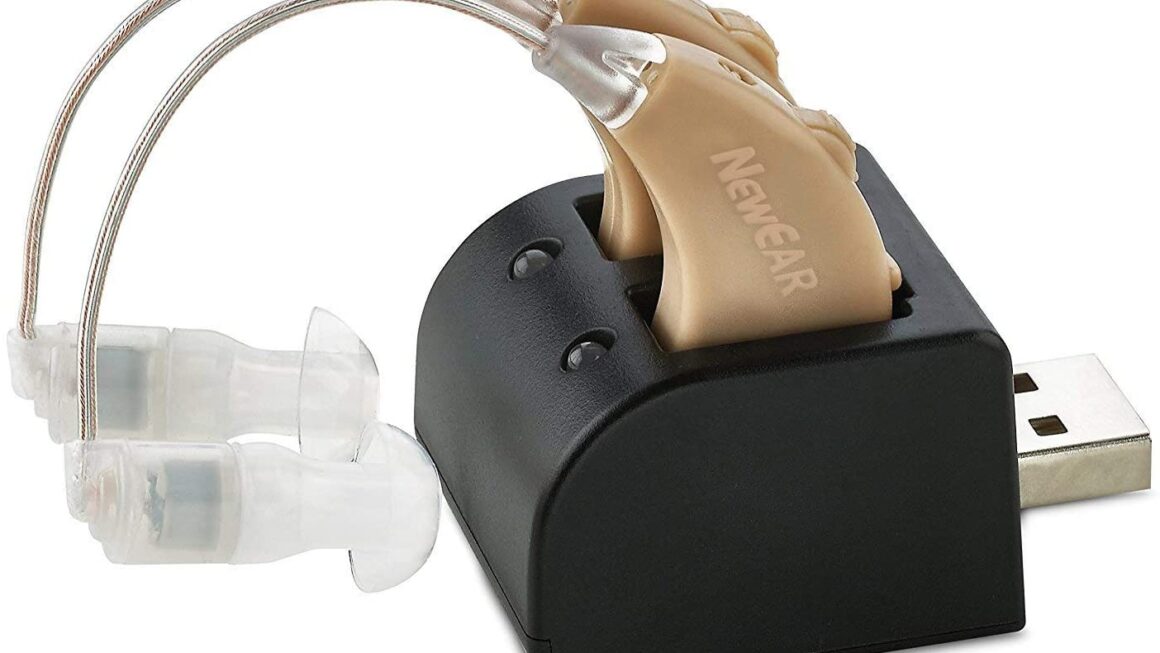Concentration can be understood as the ability to maintain attention on one task for longer than on others, without getting distracted. The more senses are used in the activity that is carried out, the greater the concentration will be. It corresponds to a learned cognitive procedure, to react passively or not to be distracted by irrelevant stimuli. Concentration also means being totally here and now, in the present. The main component of concentration is the ability to focus attention on the task at hand and not be distracted by irrelevant internal or external stimuli.
Without concentration it is practically impossible to learn something, therefore, concentration is essential for learning. In learning, attention allows you to select the most important of what you want to learn. Through attention, we focus on one stimulus among all those around us and ignore all others. Concentration is one of the fundamental skills in the knowledge process. With concentration we keep our attention focused on a point of interest, for as long as necessary.
So if concentration is a cognitive procedure, a skill that is learned, it is susceptible to improvement and development with practice. That is why we share with our readers 10 strategies that strengthen the ability to concentrate in people of all ages and that, consequently, can be implemented in the classroom, as well as the 10 strategies to improve attention, article published in issues previous.
1. Get organized before
The first of all and possibly the most important, more than an exercise that can help us improve our concentration, it is a requirement that we must meet if we want to have this capacity.
And yes, this first requirement, although we may not like it very much, is the organization. This organization involves two distinct aspects:
Distraction-Free Environment:
No matter how well trained your concentration is, if you try to concentrate in an environment full of stimuli that can distract you, you will not be able to concentrate fully on the task you want to perform.
Before starting, try to have an orderly environment without distractions: keep the door closed, the mobile on silent, your favorite internet pages closed, etc.
Structure the tasks:
If you want to concentrate but do not know exactly what you are doing, in what order or in what way, the concentration that you apply to the task at hand will be less useful, since it will not be a concentration directed at a specific physical activity.
Before you start, try to write down on a piece of paper what tasks you will do, how you will do them and in what order. This way you can use your concentration in a structured way.
2. Focus on one thing at a time
One of the problems that often prevent us from having the ability to concentrate that we would like, is the fact of having multiple thoughts in our head and not being able to focus on just one.
When this happens, our ability to concentrate is significantly reduced since our brain is not designed to be able to concentrate on multiple tasks or thoughts at the same time.
Therefore, acquiring a good ability to concentrate is just as important as being able to apply that ability to concrete events and eliminate the multiplicity of thoughts in our minds.
To acquire this ability to extract a specific thought, an exercise that can help many of us is the following: Sit in a chair, and when you are relaxed, among all the thoughts that come to mind, choose only one.
The thought you choose can be any. For example: the chat you had with your co-worker this morning, the photos your niece showed you last week or the football game you saw on Saturday.
Once you have chosen it, spend about 5 minutes thinking about it and nothing else. If you do this exercise regularly, you will get used to being able to focus your attention on a single thought when necessary and improving your concentration will be easier for you.
3. relax
Many times what hinders our ability to concentrate are states of anxiety, nervousness or the inability to acquire peace of mind when performing a task.
In order to concentrate properly, it is convenient to have a relaxed state and avoid excessive stress. If you notice that stress or anxiety interferes with your ability to concentrate, you can perform the following deep breathing exercise:
- Sit comfortably, gently close your eyes, and place your right hand on your abdomen.
- Inhale through the nose and exhale through the nose or mouth.
- Take a slow breath in through your nose (5 seconds), hold the air for another 5 or 7 seconds, and breathe out for about 10 seconds.
- While you breathe, imagine that the tension is escaping through the exhaled air and you are released from it.
- Do this process 3 times in a row.
- Once the three times have been completed, proceed to a controlled breath: inhale through the nose for 3 seconds and exhale for another 3 seconds, but without holding the air.
4. Use numbers
One of the cognitive activities that most strengthen our concentration is calculation. To perform this type of mental operations requires a high level of concentration.
So if it is difficult for you to concentrate, practicing these activities in your free time in the best way you can will greatly improve your ability to concentrate.
There are thousands of calculation activities to do, and they will all be effective in improving your concentration as long as you do them scrupulously.
From doing the famous sudoku puzzles, which for many people can be a more enjoyable way to carry out this type of activity, to performing any type of mathematical operation on a regular basis will improve your ability to concentrate.
5. Train your attention
Since concentration is a cognitive activity designed to focus our attention on a specific aspect, another very useful exercise is to train our attention.
In other words, if we have greater control over our attentional processes, it will be much easier for us to concentrate. One of the most effective ways for you to work your attention in your spare time is to do the typical word search puzzles.
For example, before this alphabet soup, try to mark with a pencil:
- Every number 4 you find.
- All the letters T you find.
- All the odd numbers you find.
- All the vowels you find.
6. A moment of mindfulness
It is a Mindfulness technique (full awareness) that you can do at any time of the day: before going to work, while waiting for the bus or when you take a break in the office.
The exercise consists of focusing on your breathing for a couple of minutes, and its objective is to help you restore your thoughts, relax and obtain that mental clarity that you may have been losing during the day.
To do this you have to stand upright, keep your eyes open, breathe in with your belly (not your chest), exhale through your nose, and focus all your attention on the sound and rhythm of your breathing.
It is likely that when you do, other thoughts will come to your head. When this happens, work to bring your attention back to your breath and ignore other stimuli.
Because it is a simple exercise that requires little time to do, it is recommended to do it in those moments of stress, when you lack clarity of ideas or feel obfuscated about something.
Doing this in those moments will restore your thoughts and your attention, it will be easier for you to reorganize the concepts in your head, and you will reach a more adequate state to be able to concentrate.
7. Conscious observation
This exercise, like the mindfulness exercise, is also a Mindfulness technique that can be done in a simple way, and that can help you a lot in improving your ability to concentrate.
In this case, conscious observation consists of choosing any object. It can be the cover of a book, a lamp or a cup of coffee (the qualities of the object do not matter).
Once you have chosen the object, you must observe it very carefully and manage to focus all your attention on it for about 3 or 4 minutes.
This simple exercise is very useful as it breaks the routine of our mind. If we look closely, throughout the day we see many things, we observe some with more or less attention, but we rarely observe something in a 100% conscious way.
By doing so, our mind frees itself from certain thoughts, focuses on the present and gives us a feeling of “being awake” that helps us focus on a specific aspect.
8. The Mental Image
Another exercise similar to that of conscious observation is the mental image.
As with the other exercise, you must choose any object that you have at hand (a pencil, a fork, some shoes…) and observe it carefully, focusing all your attention on it, and trying to remember every detail of that object.
Once you have observed the object as closely as you can for about 2-3 minutes, you should try to recreate a mental image of the object in your head, so that the image is as similar to the object as possible.
With this exercise, apart from focusing your attention on the present as in the previous one, you will work on your information storage processes, so you will have to do extra concentration work to retrieve the information about the object you just observed.
9. Expression of our memories
Thinking about our memories is an exercise that normally gives us pleasure or is pleasant, but at the same time requires a high degree of concentration to be able to recover the information that is in our brain.
When we remember, apart from exercising our memory, we are indirectly training our concentration. Now then: we must remember in a structured and detailed way, it is not worth thinking about past events without focusing our attention completely on them.
Therefore, an exercise that we can do is to remember our vacations, writing down all the details that we remember about them: where they were, who you went with, what places you visited, what anecdotes happened, etc.
This exercise can be done at night, in a relaxed and calm way, for about 30-40 minutes before going to sleep.
10. Focus on your day
Another exercise that you can do before going to sleep is to try to remember everything you have done throughout the day when you go to bed.
It is a simple exercise that requires practically no effort and is recommended to be done on a daily basis, acquiring the habit of doing this exercise just before falling asleep.
You can do it when you are already lying in bed, and the goal is that during the 5 or 10 minutes that you do this exercise, you can go remembering in as much detail as possible everything you have done during the day, the people you have seen or the things that have caught your attention.












